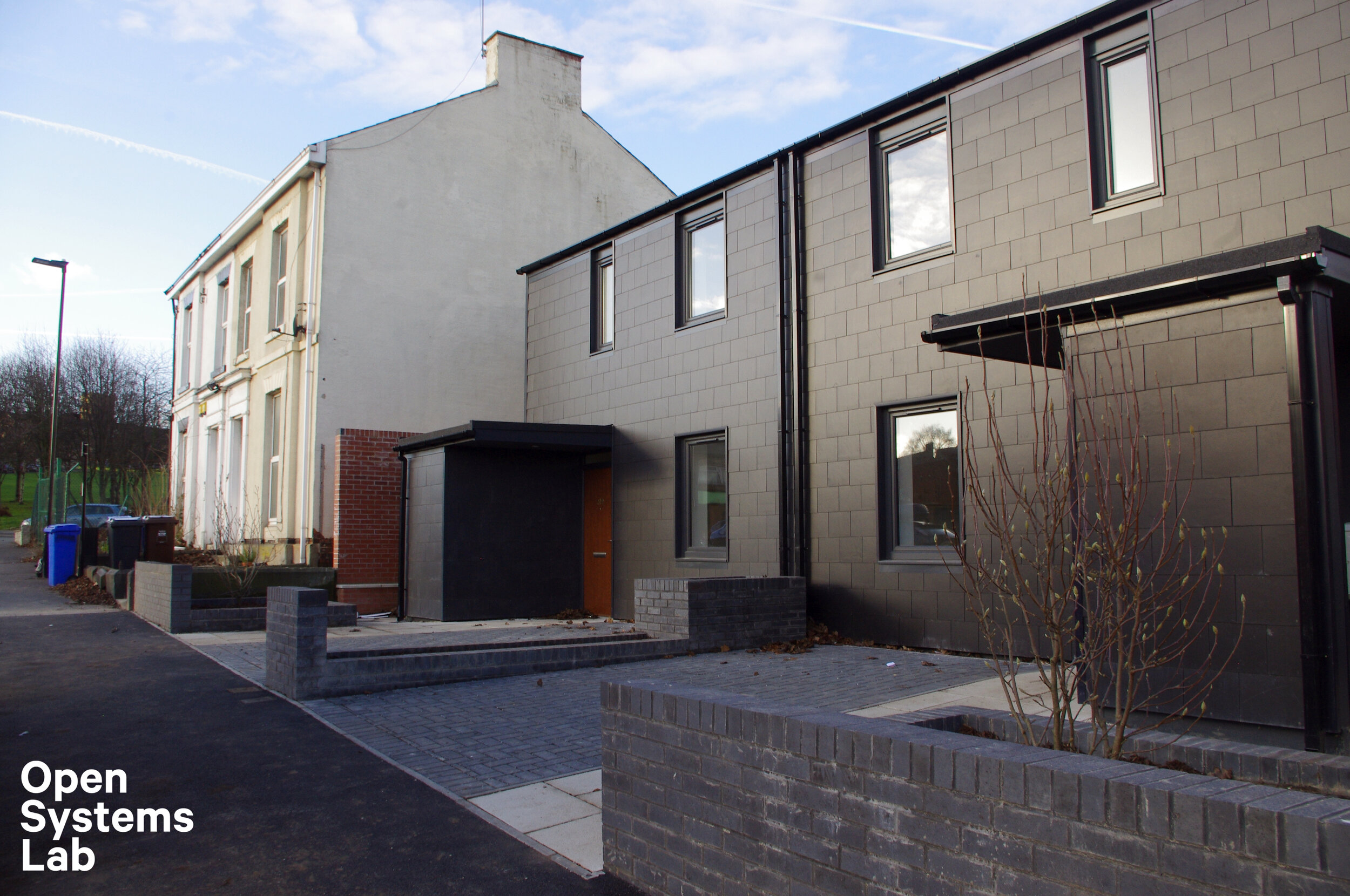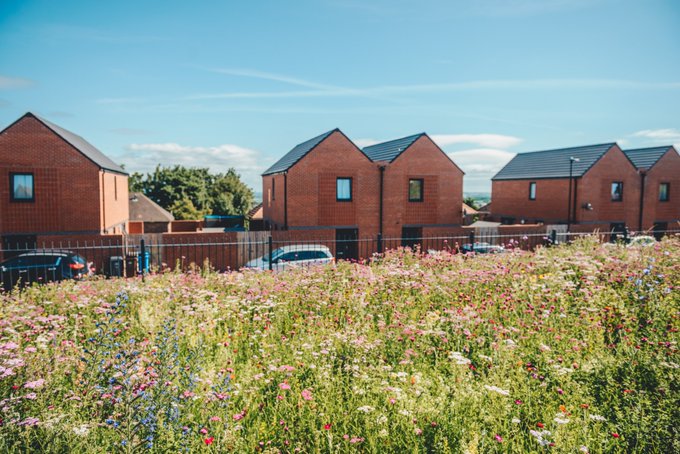With the temperature across Europe in January 2020 sitting 3.1oC above average, it’s hard to ignore the impacts of climate change.
In our new strategy we’ve committed to tackling the climate emergency by cutting our own carbon emissions. And, whilst we’re not ignoring our operational impacts, the biggest part by far of our carbon footprint is the homes we provide.
Our carbon reduction task for our housing falls into three parts:
Our existing stock
This is our greatest challenge, and we’re working hard to improve our understanding and develop plans for decarbonisation at scale. This includes improving the information we hold about our stock, a gap analysis between where we currently stand and the performance, we need to achieve plus improving our knowledge of future technology options.
We strongly believe this planning approach is the way to go so that actions are well informed, have impact and are sustainable at scale.
Whilst we are currently in a planning phase, it doesn’t mean we are sitting still. We continue to take actions which focus on improving energy efficiency. This includes installing central heating in homes which currently have electric storage or panel heaters, along with identifying homes which are not yet properly insulated. In some of our bigger supported housing schemes we have installed LED lighting. And, when the sun shines, our portfolio of approximately 600 solar PV roofs has the dual benefits of cutting customers’ bills and using carbon free renewable energy.
A further challenge that housing associations face is how we will pay for the required effort – the sums involved are eyewatering. Government will need to work with the sector to create new sustainable funding which can meet this challenge.
Our Customers
We have worked with our customers to help them to understand how their behaviours can impact on energy use in the home and beyond. This includes advice on our website, Sustainability starter packs for new customers, and ‘green doctor’ one to one advice.
Moving forward, it’s essential that we engage with our customers on the decarbonisation agenda: climate change issue has real implications for us all. Beyond that, South Yorkshire Housing Association can draw up great plans for how we plan to decarbonise our stock, but without the buy-in of our customers, these plans could be for naught.
Our Newbuild Programme
Tackling the performance of our newbuild programme offers us the chance to stop our carbon footprint increasing further.
Government is currently consulting on its Future Homes Standard which aims to cut the carbon footprint of new homes by 75-80%. But the question remains as to how we are going to meet that standard.
One approach South Yorkshire Housing Association is exploring is the use of ‘Modern Methods of Construction’ of our homes. MMC, also known as ‘offsite’, manufactures the major building components in a factory and takes these to site for assembly.
We have built 20 panelised units using the Accord LoCal system and more recently have completed two Wiki houses which are laser cut and arrive ‘flat packed’ on the back of a lorry.
We have installed monitoring arrays in both these archetypes so that we can understand how they perform, and we will feed this learning back into future developments.
All housing associations are at a turning point where we must start to take concerted effort to reduce our carbon footprint. This will not be easy, but our individual and collective efforts can, will and must deliver real improvements.
#MoreNewHomes
Gordon Watts, Sustainability Manager
Photography credit: Open Systems Lab



